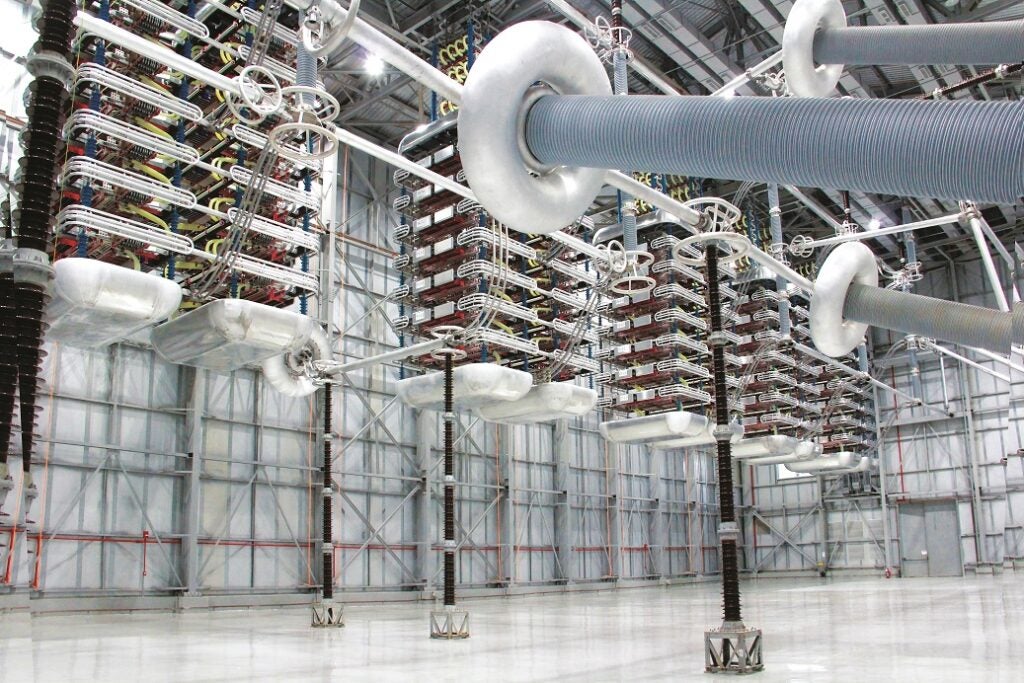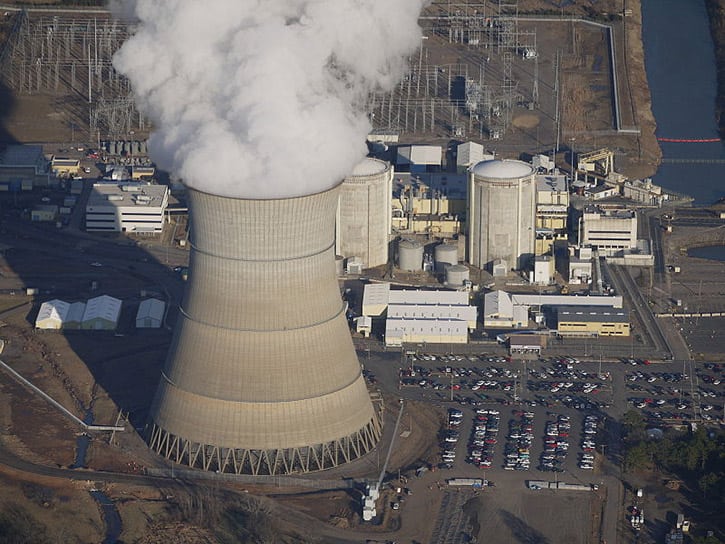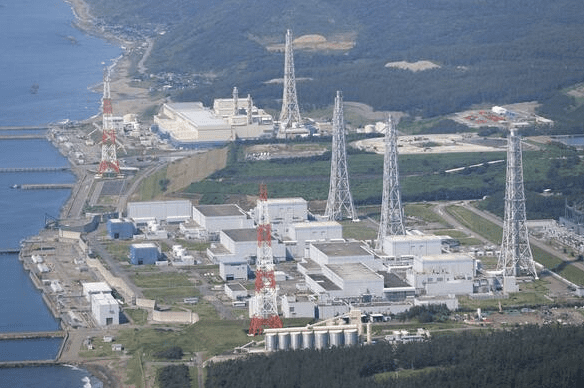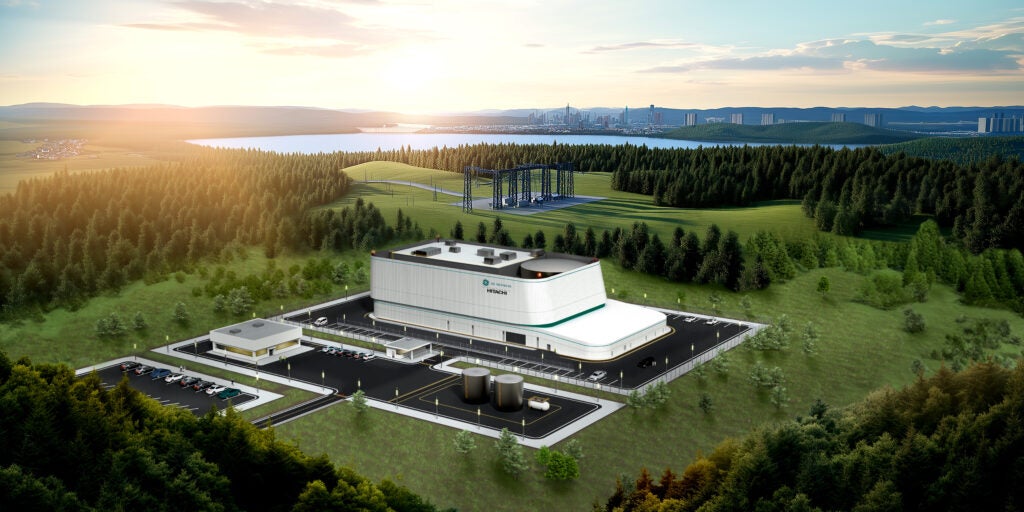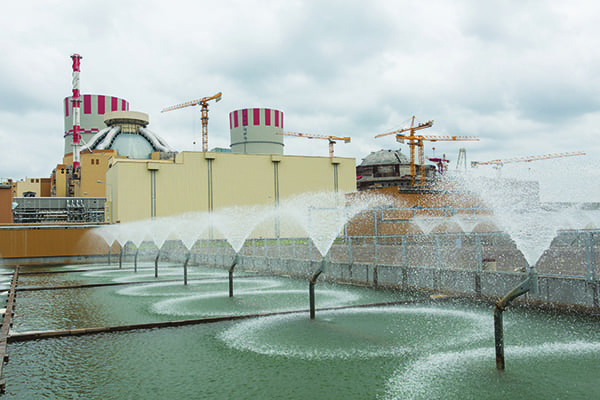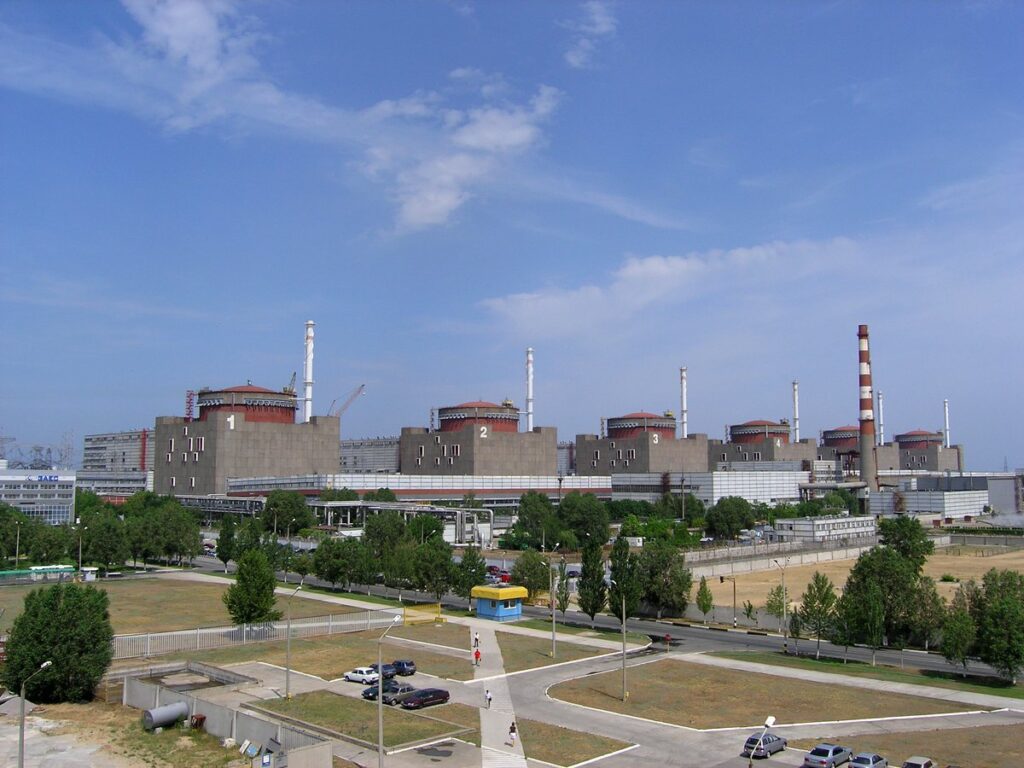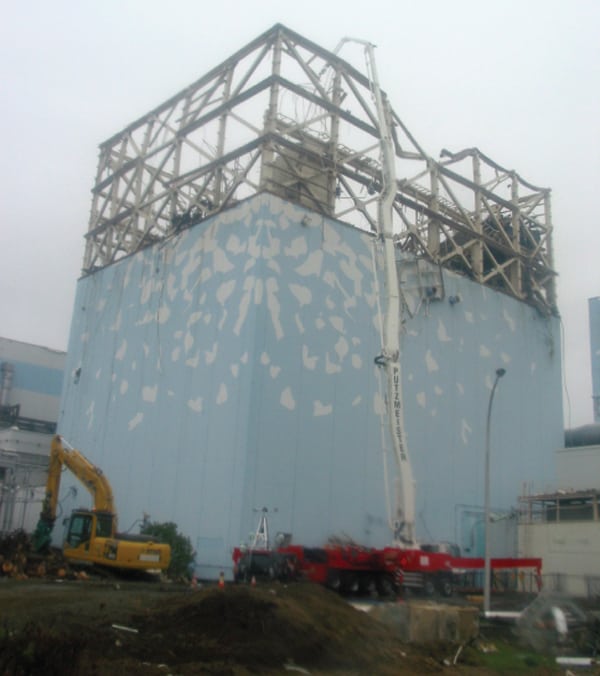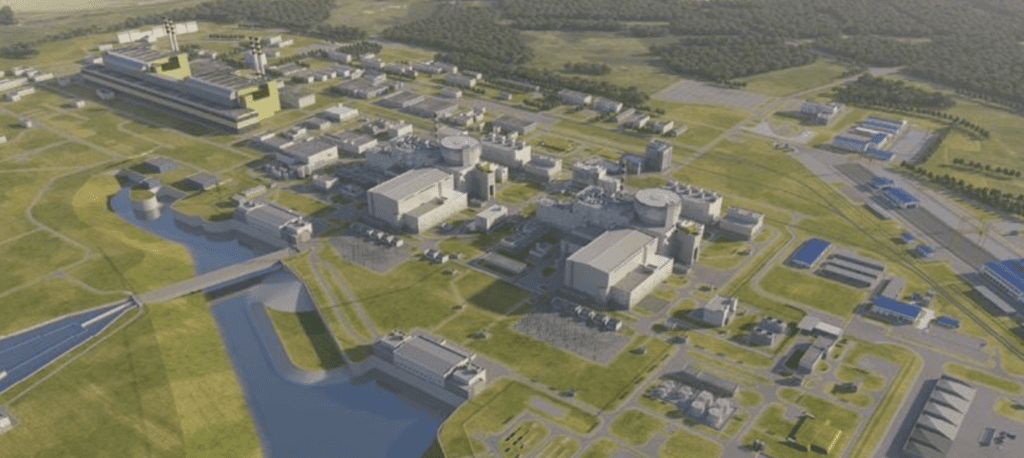Most of the 440 operable nuclear power plants (NPPs) currently deployed worldwide have long been recognized as potential targets for attack by enemy military forces or terrorists. Such an attack could not only destroy the power-generating capacity of the plant but also release a large plume of radioactive material having the potential to cause long-term economic and environmental damage, create radioactive exclusion zones and render surrounding areas uninhabitable for decades.
COMMENTARY
The vulnerability of existing large NPPs to airborne attack is largely created because they are located above ground. As a result, the containment structure and portions of other plant buildings housing hazardous radioactive material are directly exposed to airborne attacks capable of breaching the containment structure and other NPP building structures. These attacks could come from, for example, earth penetrating weapons designed to penetrate hardened structures such as military bunkers; military aircraft using bombs or missiles; direct impact by large commercial aircraft such those used in the 9/11 attack; or perhaps by new types of airborne weapons such as the explosive-laden drones used in the war between Ukraine and Russia.
Moreover, an attack on an NPP could be deliberately planned to take advantage of prevailing winds at the time of the attack such that the winds would carry the plume of radioactive material to nearby areas that include targets of interest. Given the large inventory of hazardous radionuclides inside the containment structure and portions of other plant buildings, a large NPP could, therefore, perhaps be viewed by terrorists or enemy military forces as a type of pre-deployed, radiological dispersal device (that is, a type of “dirty bomb”).
The reasonableness of the threat posed is indicated by the Chernobyl accident, in which radioactive particles reached distances of up to 200 kilometers, affecting areas in northern Ukraine, southern Belarus, and parts of western Russia. In that respect, a single attack on carefully selected NPPs would be dual-purpose: destroy the electrical power-generating capacity of the NPP and simultaneously create a large, hazardous radioactive plume carried by the wind to engulf nearby strategic targets. The enormity of the number of potential targets in areas near U.S. NPPs is illustrated by an estimate that a third of the U.S population—and 14 of the largest metropolitan population areas—are within a 50-mile radius of an NPP.
To illustrate this threat, consider the following hypothetical example of what might have happened if the terrorist plan for the 9/11 attack on the twin towers in New York City had been slightly modified. The 9/11 Commission Report describes Khalid Sheikh Mohammed (KSM) as the al-Qaeda field commander who planned the 9/11 attacks. It states that Sheikh Mohammed originally proposed to Osama bin Laden, leader of al Qaeda, to hijack 10 large commercial aircraft, and crash them not only into the twin towers but also “…CIA and FBI headquarters, nuclear power plants, and the tallest buildings in California and the state of Washington.” However, bin Laden “…was not convinced that it [KSM’s proposal] was practical.” His final decision was to hijack large commercial aircraft and use them to strike only the twin towers, the Pentagon, and the U.S. Capitol.
Consider the consequences if the al-Qaeda plan to strike the twin towers had been slightly different. If instead of striking only the twin towers, imagine if the plan had been to strike the twin towers and/or the Indian Point NPP, located about 40 miles north of New York City, with the objective of having the released radioactive plume carried by the wind in a southerly direction into New York City and the surrounding area. Data from National Atmospheric and Oceanic Administration measuring stations in the New York City area at Central Park and at LaGuardia, Newark, and John F. Kennedy airports indicate that sustained wind directions and sustained wind speeds on September 11, 2001, varied from 300, 330, 360, and 320 degrees, and with sustained speeds of 12, 12, 21, and 18 miles per hour, respectively.
Thus, if the hypothetical September 11, 2011, attack on the Indian Point NPP had been successful, then it is conceivable, perhaps probable, that within three to four hours, the resulting plume of hazardous radionuclides could have been carried from the Indian Point NPP location to the south and southeast, covering portions of western Long Island, New York City, and Newark, New Jersey. It must be stressed that the actual risk posed by the plume would depend on more than the radioactive characteristics of the particles inside the plume, but also on interactions among many other factors such as plume turbulence and particle size, shape, density, and release rate, for example.
The result would perhaps not have been as sudden and dramatic as the actual attack on the twin towers. But imagine, for example, the economic consequences if Wall Street and other parts of Manhattan and New York City were turned into a multi-year uninhabitable radioactive exclusion zone—not to mention the near- and long-term deaths and human health problems in the area.
What can be done to reduce the risk of such attacks? Many actions are possible. For existing large NPPs, new military strategies and technologies could be applied to detect and deter attacks. To better protect the NPP, should an attack be attempted, perhaps the plants could be retrofitted with large, protective physical barriers to cover the containment structures and key portions of plant buildings containing hazardous radionuclides. For future large NPPs yet to be constructed, perhaps the plants could be designed and constructed to better deter, defend, and protect in the event of an attack. Also, where feasible, perhaps siting NPPs underground in rock caverns could be used to create a robust, natural, protective cover against airborne attack. Also, if the caverns were properly sited and constructed, the overlying rock mass would function as a natural containment structure, thereby avoiding the need for a costly engineered containment structure.
Existing large NPPs sited above ground are vulnerable to airborne attacks by terrorists or enemy military forces. The attacks could be designed and timed such that nearby populations and critical infrastructure would be engulfed by the plume of hazardous radionuclides released by the attack. Nations considering the construction of new, large NPPs should evaluate the probability and consequences of a successful airborne attack and modify their siting and design basis as necessary.
—C.W. (Wes) Myers, PhD is a retired geologist who worked for 25 years at Los Alamos National Laboratory as a research manager and on nuclear waste disposal issues.



